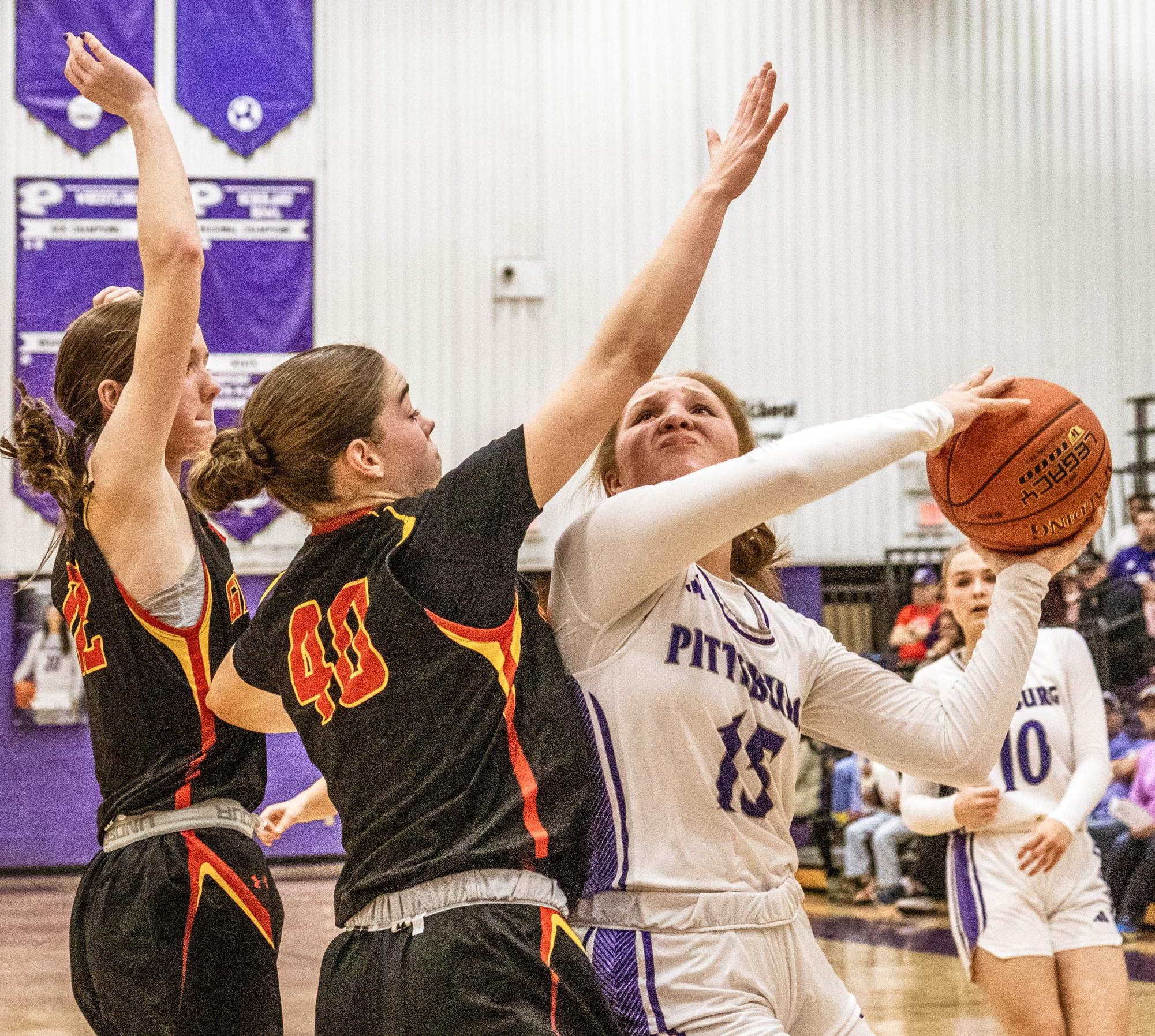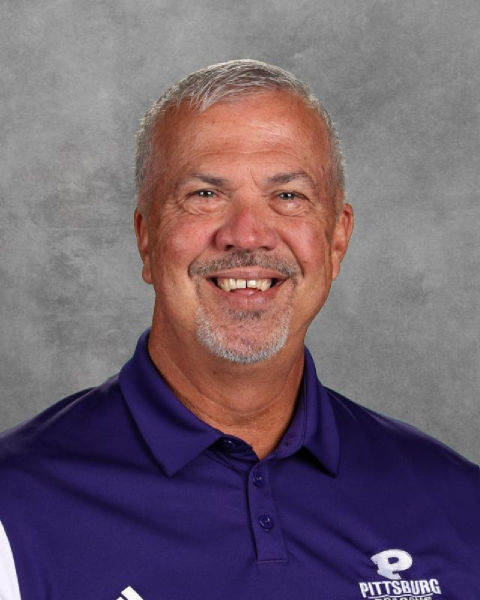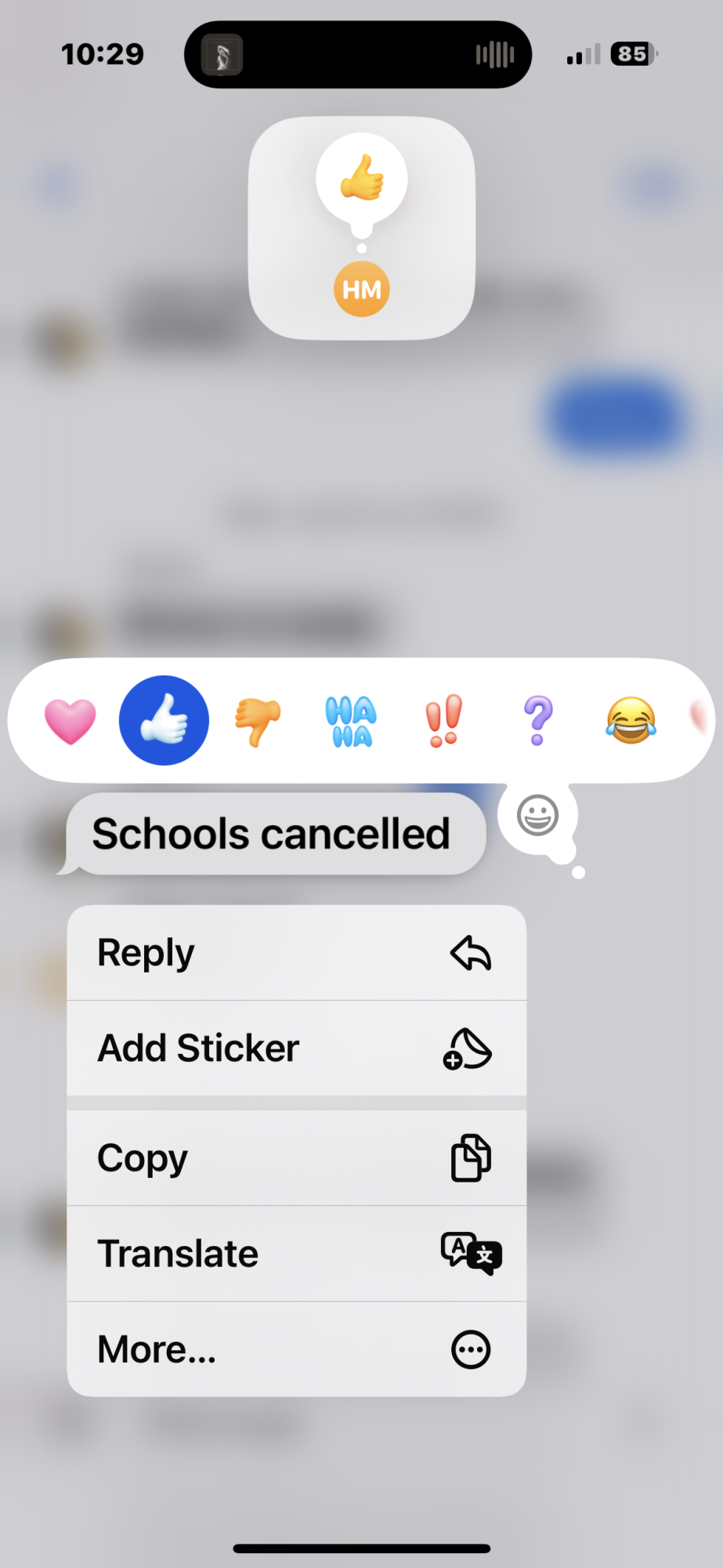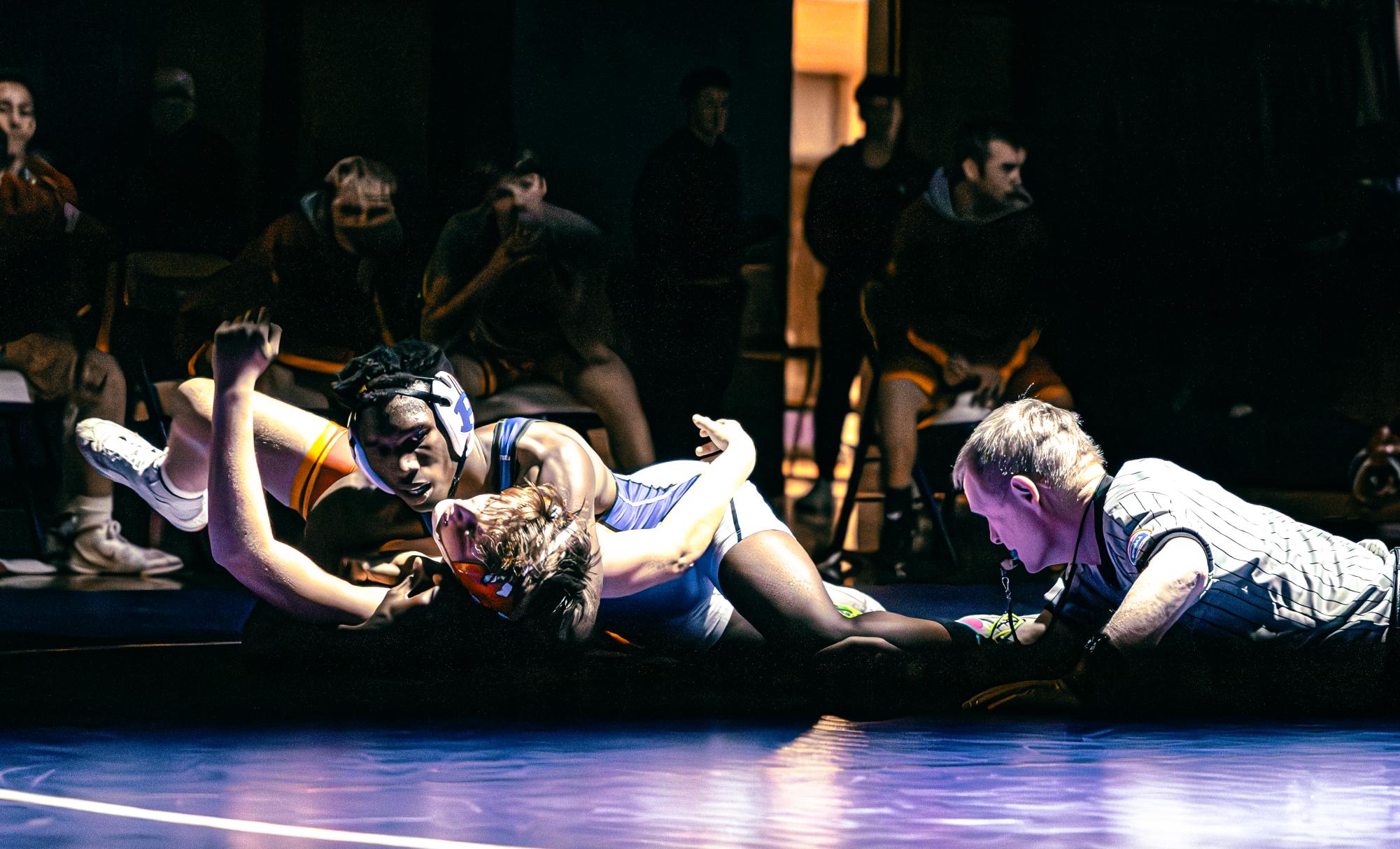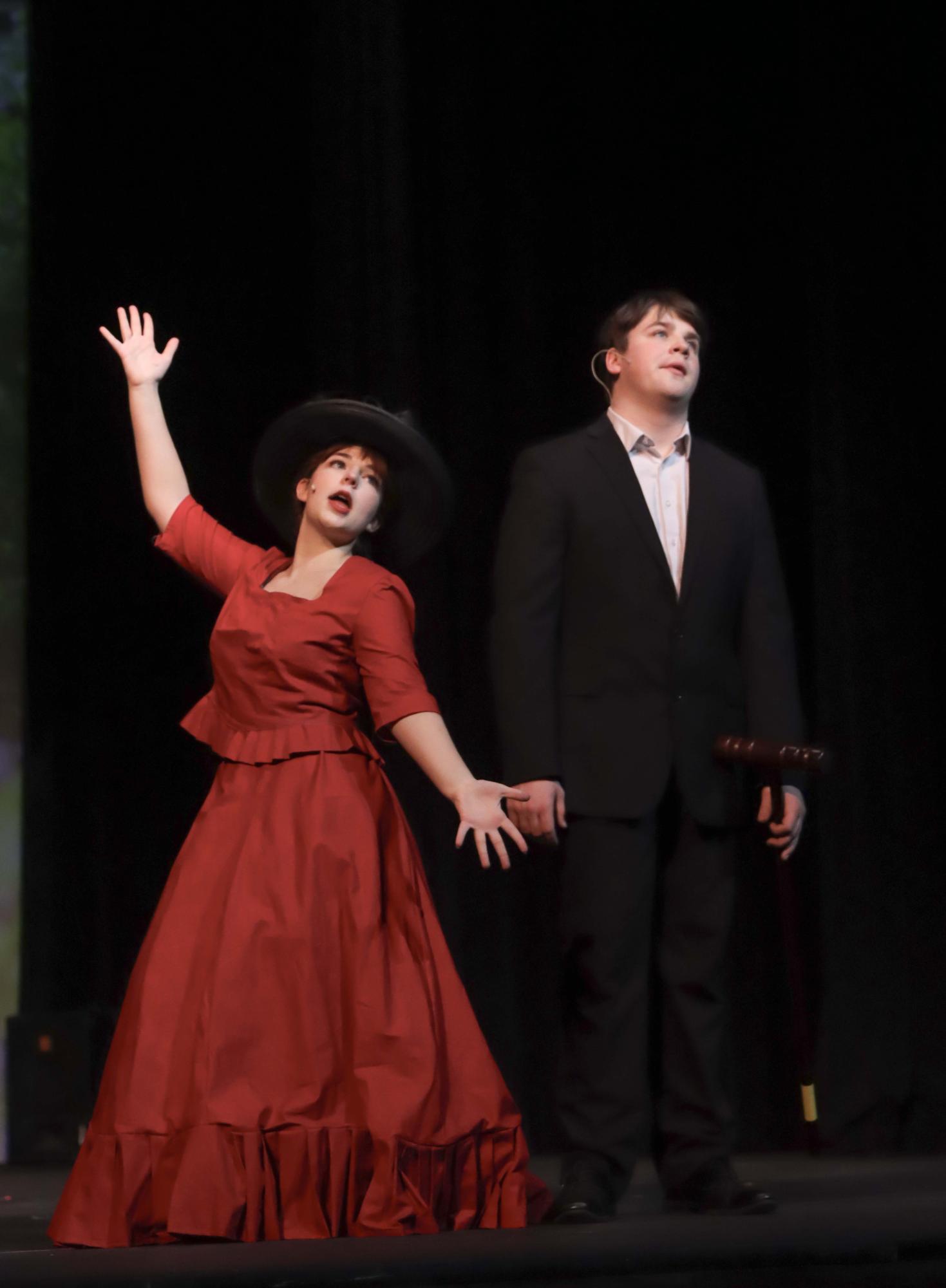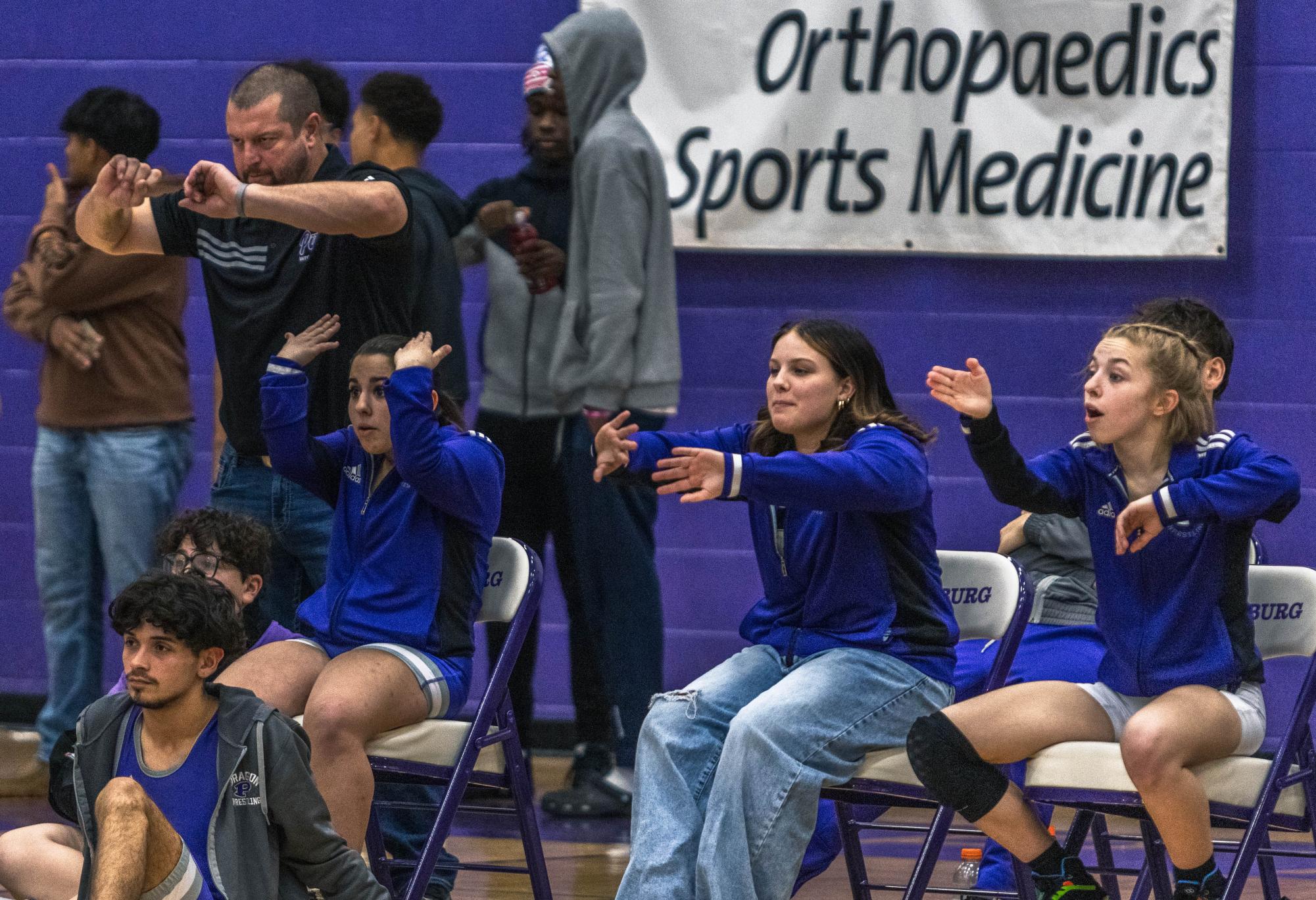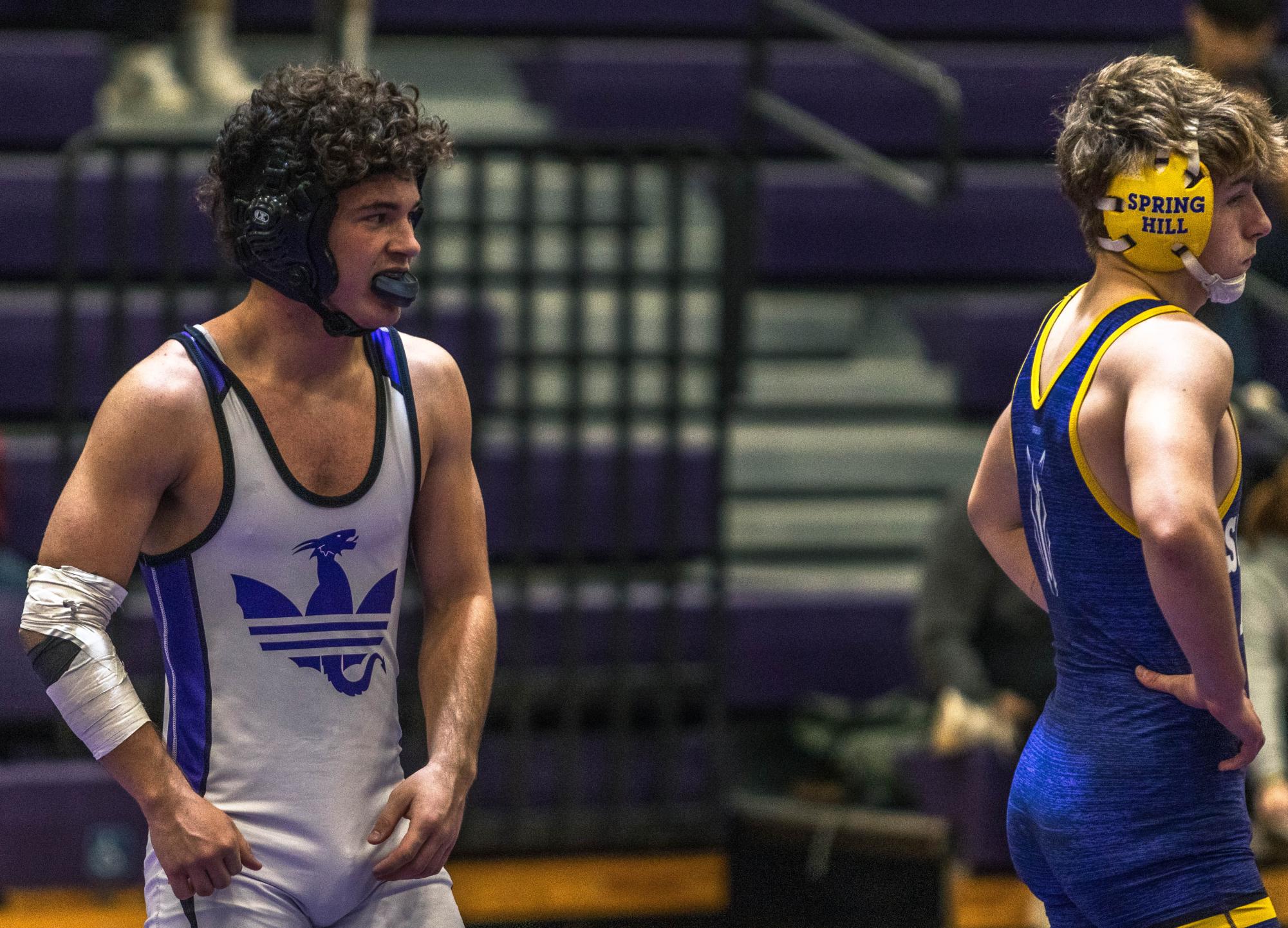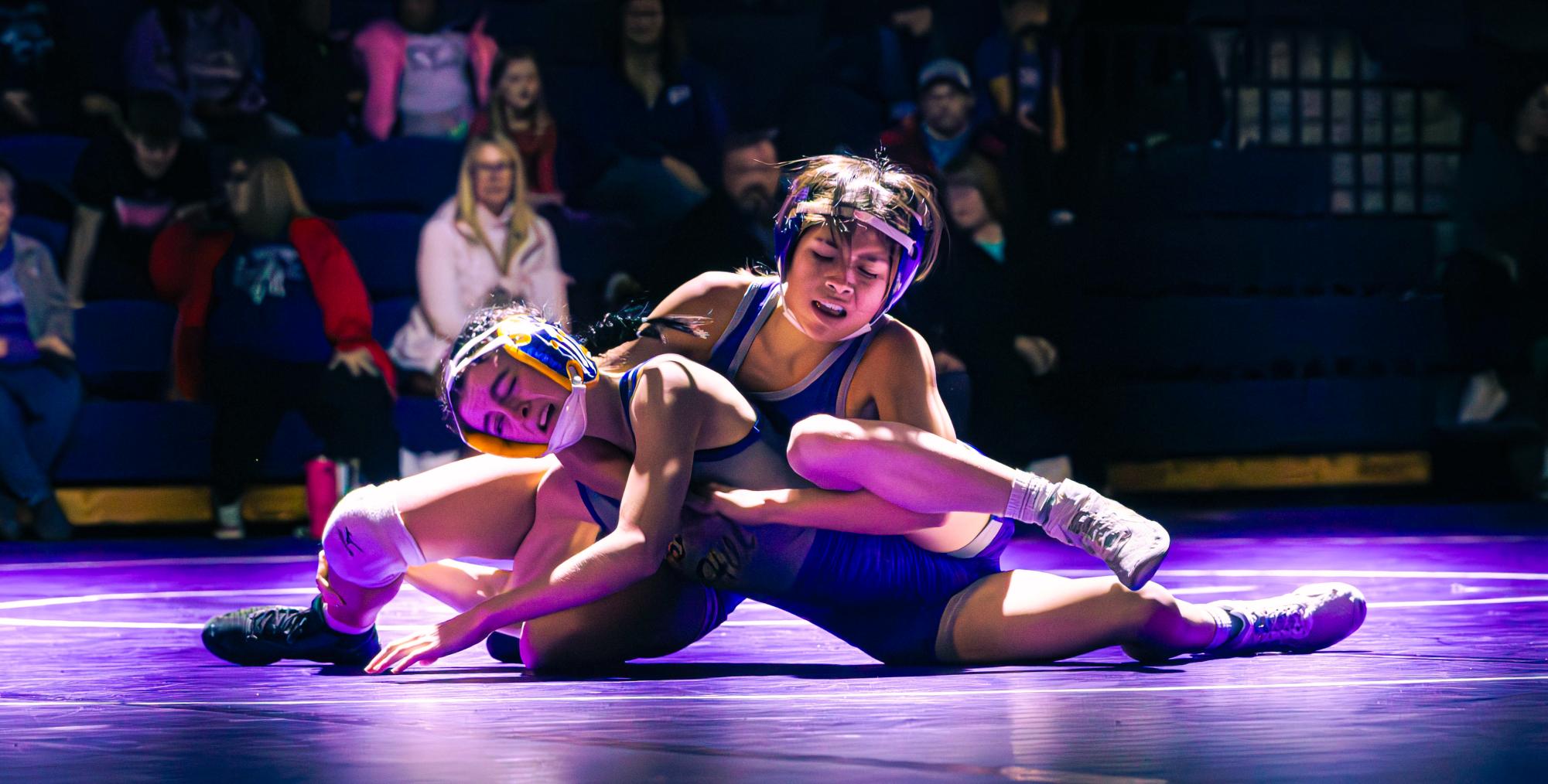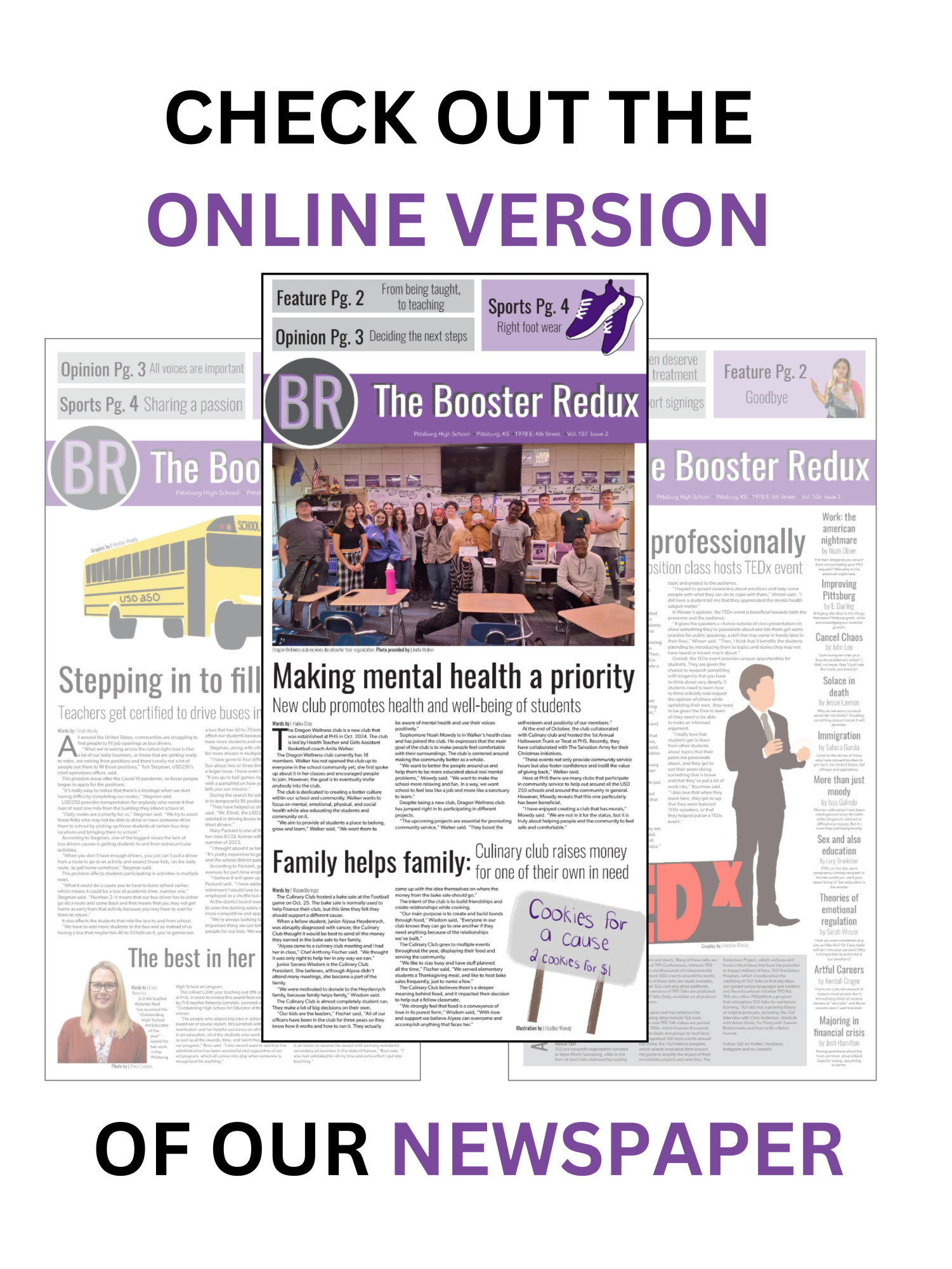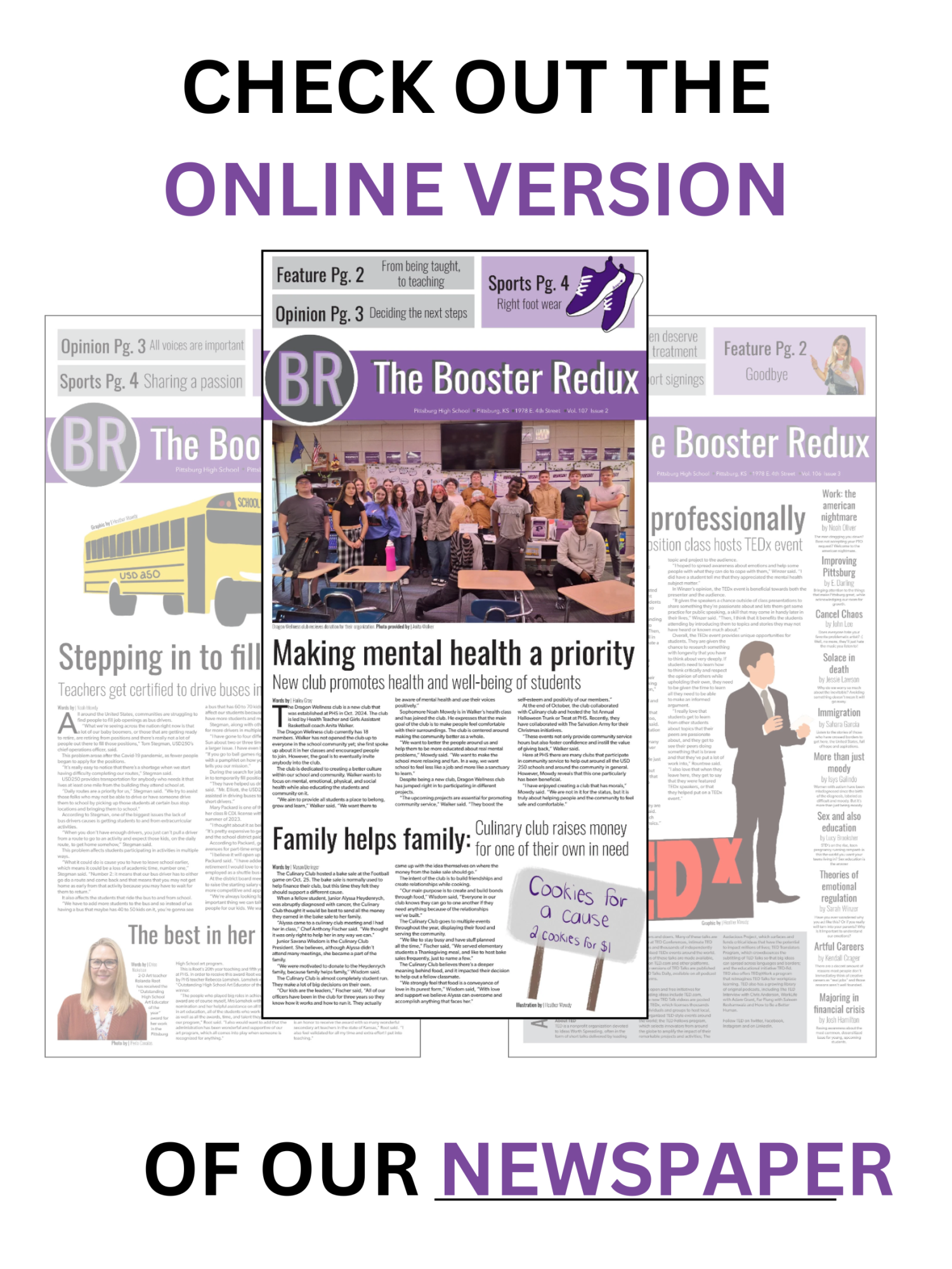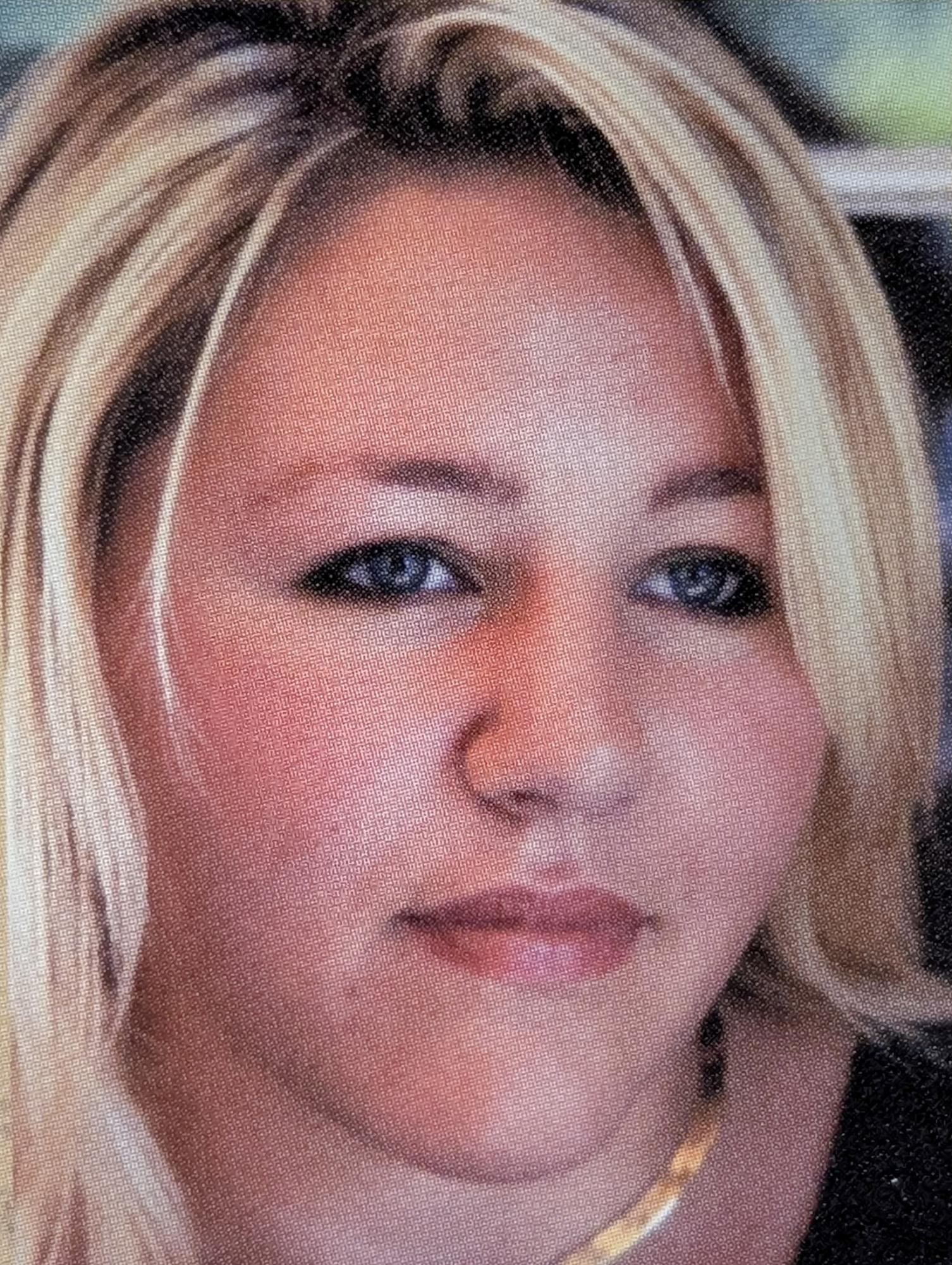Close contact policy change
November 7, 2020
The district updated its COVID-19 close contact policy with the help of county health officials to provide different guidelines according to the level of exposure.
On the USD 250 website, the different levels of exposure are split into three categories being High-Risk Close Contact, Low-Risk Close Contact and overall Exposure. These categories correspond directly to the contact tracing categories set by the Centers for Disease Control and Prevention.
Low-Risk Close Contact is defined on the website as “contact where all mitigation measures have been adhered to.” These measures include social distancing, hand washing and all students wearing masks. If a student is considered to be a low-risk exposure, the district allows the parents of the students to decide whether or not that student quarantines.
While a High-Risk Close Contact is an exposure to a positive case of COVID-19, without proper social distancing and no masks being worn. Students who fall into this category of exposure are quarantined for 10 days and are contacted by the CDC.
Principal Kelynn Heardt said the district has been working closely with health officials to find the best course of action for the safety of the students.
“In our county, the health officials and commissioners are looking at our school data daily, and since August, we have been really successful in not having spread [COVID-19] within our buildings,” Heardt said. “Which was one of the big pieces that pushed towards this change.”
Once a staff member is informed about a possible close contact exposure, the district has a list of procedures that it follows, starting with contacting local health officers and contract tracing within the building.
“The biggest thing is making sure that teachers kept really good records of where their students sat and where they go when they leave a classroom,” Heardt said. “It’s simple things, but we tried overall that we know where kids are and where they’re going throughout their day.”
Along with the change in the contract tracing procedure, the district has also enabled students to quarantine for fewer days with a negative PCR test and are symptom-free. The district states that staff and students who show no symptoms may now return to school after 10 days with release from the Crawford County Health Department.
Senior Rebekah Sheward started the semester attending in-person classes but switched to remote learning to reduce her chances of being quarantined.
“I switched to online because I’m involved in so many other activities,” Sheward said. “I wanted to minimize my exposure so that I could stay involved with my clubs and things I do outside of school and not have to worry about being quarantined.”
According to Heardt, the recent change with close contact has helped reduce the number of students who are being unnecessarily quarantined.
“It’s eased a little bit of anxiety of students who still really want to be a face-to-face learner but maybe chose the remote option because they didn’t want to have to quarantine, which I understand and support,” Heardt said. “It’s frustrating, it is because extracurricular activities are sometimes a reason students do well in school and stay involved.”
Senior Francesca Brownhanney chose remote learning because she said it felt like the safest option for her family. Brownhanney chose not to join any after-school activities due to being a remote student but is considering switching to in-person classes for the second semester.
“I felt as if I wasn’t able to participate in the same after school activities that I have in the past because of me being online. As an online student, it feels like we’re separated from everything that happens,” Brownhanney said. “I do plan to stay remote as of right now, but I’m thinking of going in-person with forensics because that might be easier.”
According to Heardt, keeping students learning is a top priority, but the safety of staff and students is the district’s main concern.
“We are always going to air on the side of safety, though it’s frustrating and I understand what families are going through,” Heardt said. “But at the same time, we have to stay safe.”



